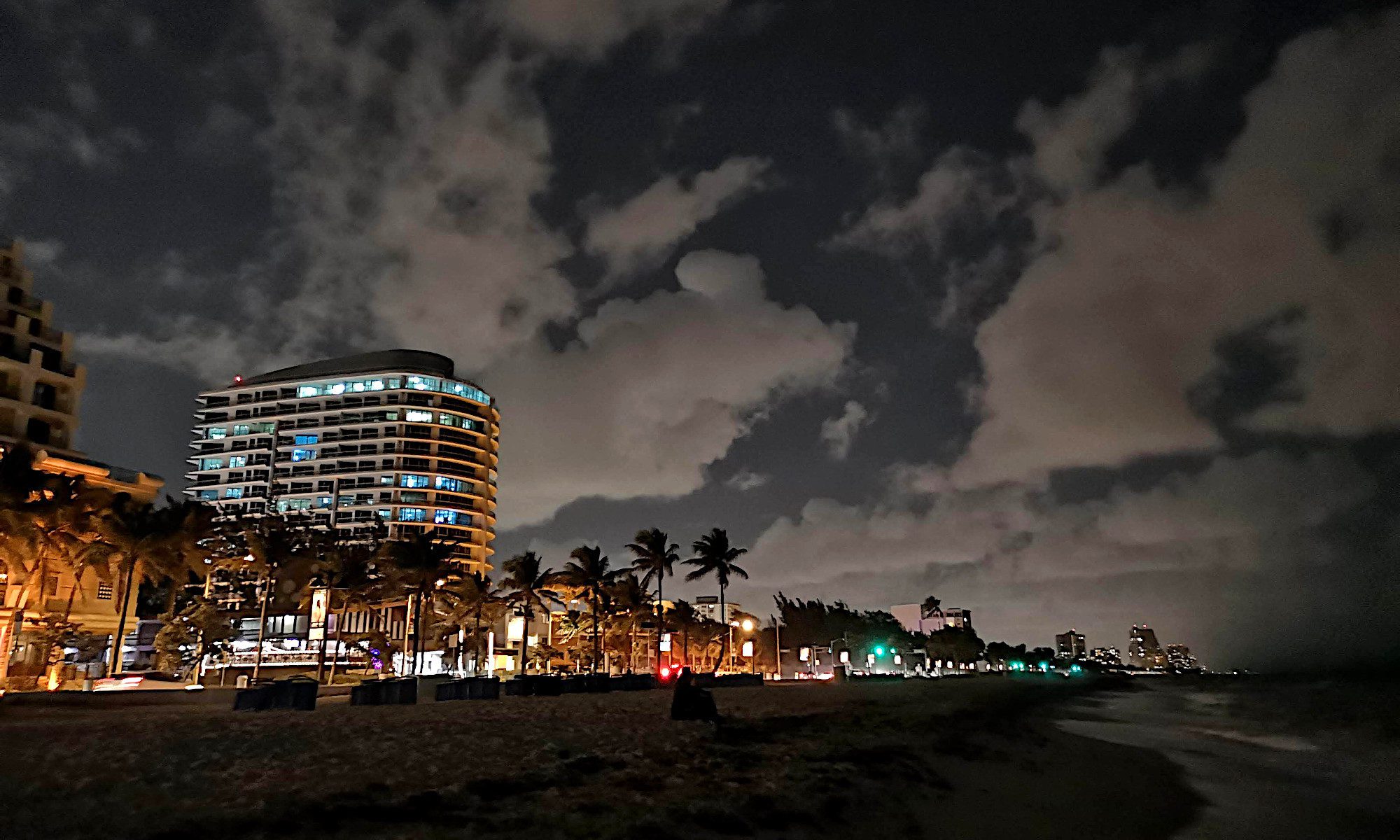
Nothing highlights both the strengths and the weaknesses of social media quite like a breaking news event, where rumors and misinterpretations appear alongside official accounts and expert analysis in a giant stew of instant commentary. That’s been the case ever since a police officer shot and killed an unarmed black man in Ferguson, Missouri on August 9, and it continued on Monday night following news of the decision by a grand jury not to indict Officer Darren Wilson in the shooting death of 18-year-old Michael Brown.
In what even some legal experts said was an unusually combative speech about the decision not to charge Wilson with a crime, St. Louis county prosecutor Robert McCulloch spent a considerable amount of time — before he even got to announcing the decision — criticizing social media and “the 24-hour news cycle” for complicating the Brown case.
That opening statement sounds like, “None of this would be a problem except the Internet.”
— James Poniewozik (@poniewozik) November 25, 2014
According to McCulloch, erroneous witness accounts that were circulated through social media — including some that said Wilson shot Brown in the back while he was standing over him, or that he was killed while he had his hands raised in surrender — made it more difficult for the grand jury to come to a decision, and exacerbated the tension in the community.
A double-edged sword
Is there some truth to the prosecutor’s criticism? Of course there is. Twitter and Facebook inevitably extend the reach of false information and incorrect assumptions, just as they do with true information and correct assumptions. That’s the reality of a world in which anyone can publish their thoughts instantly and potentially reach a large audience, and it has always been a double-edged sword — as incidents like the hunt for the Boston bomber have shown.
If it wasn’t for Twitter, millions may never have learned Michael Brown’s name.
— Jamil Smith (@JamilSmith) November 25, 2014
As more than one person has pointed out in response to McCulloch, however, that same ability has also allowed more information about the Ferguson shooting to emerge than would ever have been possible before — including information that the police department and the district attorney’s office might not want circulated, such as eyewitness reports and evidence.
Those same tools have also allowed black residents of Ferguson and plenty of other towns across the United States to talk about what it’s like to lose loved ones in police shootings, or to live in fear of their lives, or to not have their version of events taken seriously because they are the wrong color or because they are not from a police family, as Ferguson prosecutor McCulloch is.
In the early days following the shooting, a number of different versions of the events circulated: some said Brown wasn’t threatening at all, and that Wilson shot without provocation, or that he killed the teenager while he was running away. Autopsy results were released that showed young man had been shot 12 times, including what appeared to be several shots to the head, and that seemed like too many for an incident involving an unarmed man.
According to the testimony and evidence presented to the grand jury, many of these stories have turned out to be untrue — there is no evidence that Brown was shot in the back, and there are injuries and other signs that show he struggled with Wilson while he was in the police car. Some witnesses said he was charging towards the officer when he was shot.
That said, almost all of the evidence and testimony confirms that Brown was shot more than 10 times, and that he was unarmed — and that he was at least 30 feet away and probably more when the final shots were fired and he collapsed in the street and died. In other words, for many the central truth of the case has been proven: Wilson shot and killed an unarmed black teen even though his life didn’t appear to be in imminent danger.
More info is better
In an earlier time, much of the information about the case would only have come to light months or even years later, as a result of leaks from the prosecutor’s office or interviews with eyewitnesses and jurors — if it ever came to light at all. Were things better then? It’s likely that police departments and district attorneys think so, but it’s not clear that this kind of freedom of information (both correct and incorrect) has been a net negative for society.
As it has with so many other events, such as the Arab Spring uprisings in Egypt or the more recent demonstrations in Turkey and Ukraine, social media connects us to others who are experiencing things we may know nothing about, and allows us — if we want to — to gather much more information than we would have had before, and to come to our own conclusions about who is right and who is wrong.
That may take effort, but it is more possible than it has ever been. And while it may make it difficult for grand juries or police departments, as the Ferguson prosecutor argued in his speech, in the long run more information is almost always better — especially when it comes from people who are the closest to the situation. What we choose to do with that information once we get it is up to us.
